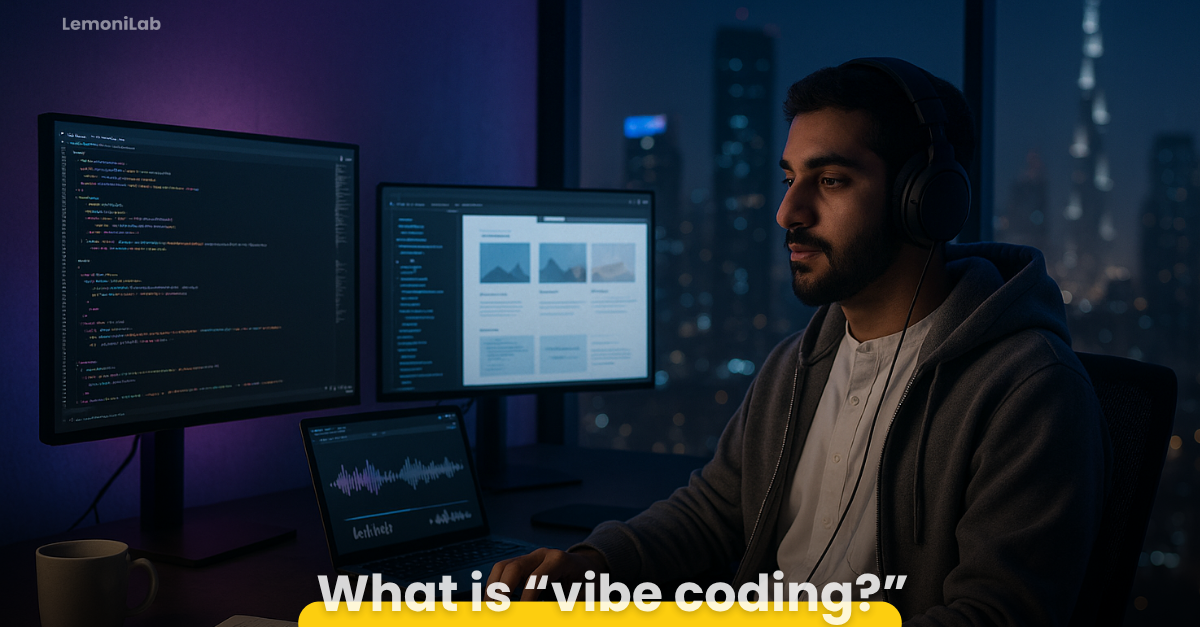"Vibe Coding" Is Taking Over, And No One Knows What They're Doing (On Purpose)

If you've seen a developer staring blankly at their screen, blasting lo-fi beats, typing like they're summoning a spirit, not debugging, that, my friend, is vibe coding. And it’s very real.
Not because it’s in the official Agile handbook (it’s not), but because thousands of developers swear by it... or at least pretend to.
So, what is vibe coding?
Where did this odd, slightly mystical term come from?
And should we be taking it seriously, or just vibing along?
Let’s unpack.
What Does “Vibe Coding” Actually Mean?
At its core, vibe coding is the act of writing code with no rigid plan, no structured brief, and very few rules, other than “feel your way through it.”
Think of it as the freestyle jazz of software development:
-
No wireframes.
-
No tickets.
-
No logic (well… not initially).
-
Just the vibe.
It’s instinct over intellect. Flow state over documentation. You're not solving Jira tickets, you’re creating.
Where Did It Come From?
The term seems to have organically emerged on Twitter (now X), Reddit, and Discord dev communities between 2020 and 2022, particularly during the remote-work explosion.
Programmers, especially indie devs, front-end folks, and the side-project crowd, started joking about “vibe coding” to describe those magical late-night sessions where they just go with it.
But Is It... Bad Practice?
Depends who you ask.
-
Engineering managers? Probably hate it.
-
Startup founders? Love it when it leads to faster MVPs.
-
Senior devs? Secretly do it, but clean it up later.
-
AI tools like GitHub Copilot? Basically made for vibe coding.
(None of us are typing full functions from scratch anymore.)
We think vibe coding is the software world’s version of sketching on a napkin, and we believe every disciplined coder needs a little chaos now and then.
Why? Because vibe coding births ideas that perfect plans often kill.
And if your team can’t handle a little jazz? Well… maybe they’re not ready for the solo.
